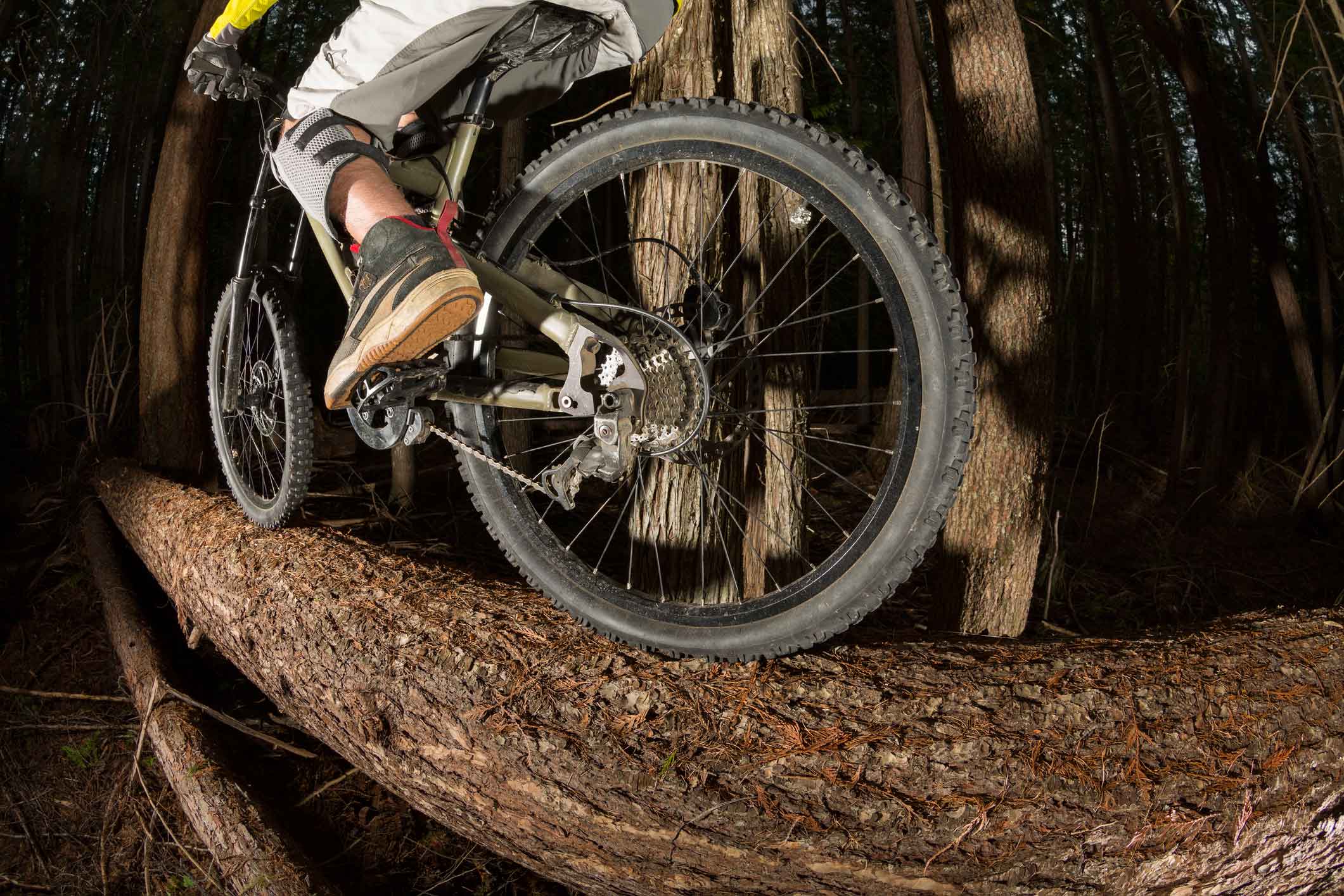Trail Building 101
When it comes to making a new trail, you don’t just start digging.
By Ryan Stuart
From Ucluelet to Fernie, Rossland to Atlin, the hills are alive with the sound of picks and shovels. Trail builders are digging for fun.
Since 2017, the Nakusp and Area Bike Society has built more than 40 kilometres of trail. Along the Yellowhead Highway, through the centre of the province, bike clubs have spent more than $4 million in the last decade building mountain bike paths. The same story repeats in just about every town and city in the province.

From the outside it can seem like a bonanza. And historically, mountain bikers had a reputation for building how and where they wanted. That is no longer the case. Most new trail development is the result of months, and even years, of planning and approvals, says Tennessee Trent, the manager of trails for the province’s Recreation Sites and Trails BC.
“The whole process is about responsible use of public lands and being mindful of other interests,” he says.
Building a new trail starts long before shovels hit dirt. The formal process usually begins with a Section 57, an application to Rec Sites and Trails to construct a trail. But that step is usually preceded by conversations between the trail builder, usually a club or association, and their local recreation officer. The officers—there are 19 of them, each covering a different region of the province—assess how the trail construction will impact the environment, other stakeholders and land users and especially Indigenous interests.
It’s a more complex and involved process than many trail builders realize, says Trent. He’s seen unsanctioned trails unintentionally run over archaeology sites, onto private land, disturbing important wildlife habitat or stream flows and through forests scheduled for harvest. With the recreation officer’s oversight, the Section 57 approval ensures none of that happens.
Typically, one Section 57 leads to more, until there’s a small trail network. At this point a club could request a Section 56. This is a legal designation that gives an area certain protections and creates a partnership with the province to maintain the trails within it. There are now 46 mountain bike trail network partnerships in the province, up from 28 in 2017.
The increase speaks to the growth in trail culture in the province in the last decade, and especially the last year, says Trent. Trail counters in the Sea to Sky region measured a 150 percent bump in traffic between 2019 and 2020. Anecdotally, the story was the same throughout the province.
“We believe trails are an important community amenity and the increase in use is helping to prove that,” Trent says.
Now the challenge is keeping up with the demand. To assist clubs struggling with the impact of so many more bikes and boots, this spring Rec Sites and Trails hired 16 seasonal work crews. They’ll pitch in with trail maintenance, along with fixing up campgrounds and other rec sites across the province. And so, the digging will continue.
This article was originally featured in BC Mag’s Summer 2021 issue and on BCMag.com on November 12th, 2021.



